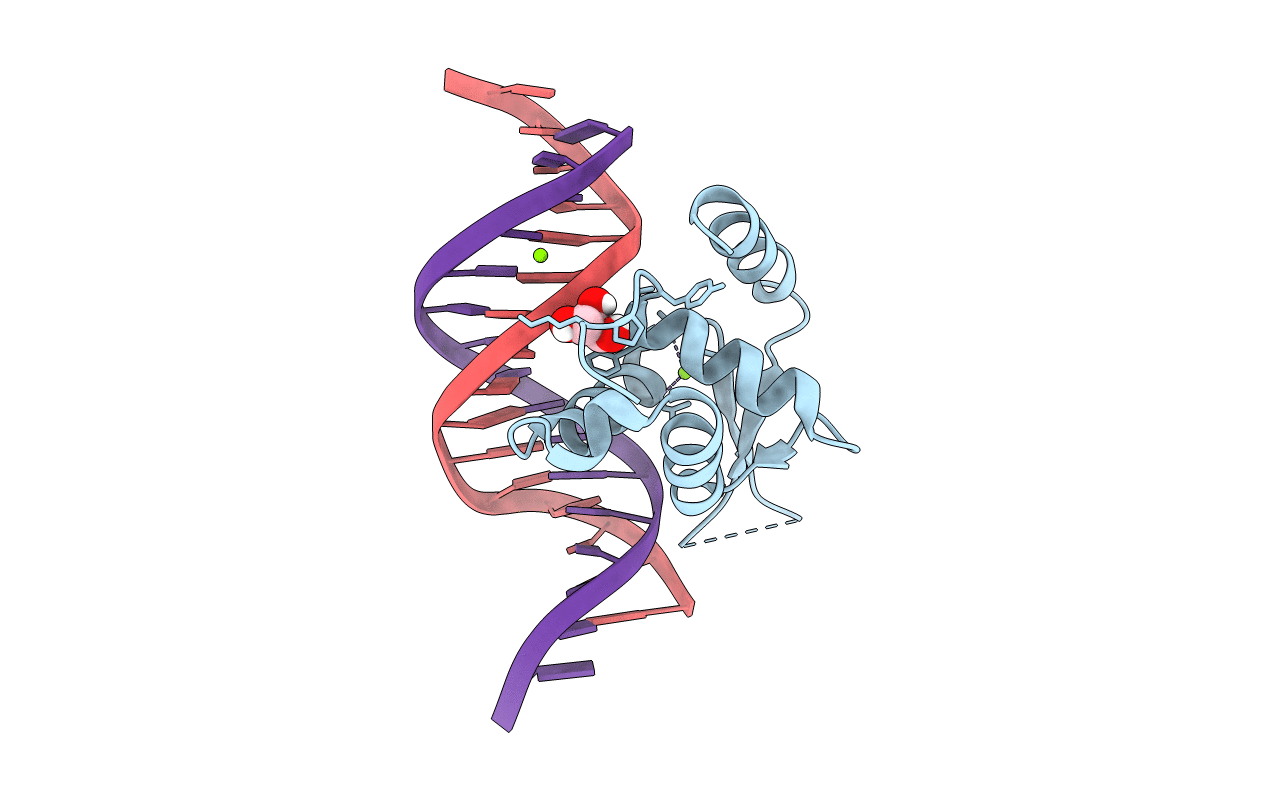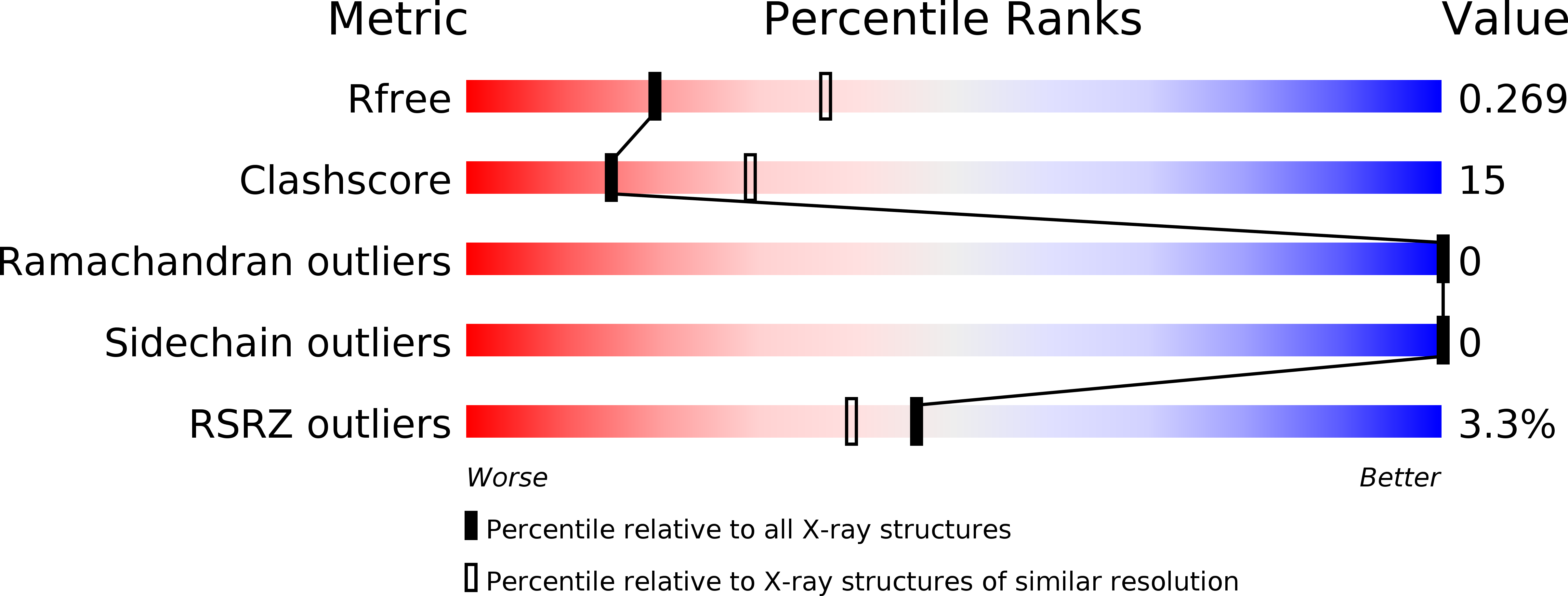
Deposition Date
2018-12-11
Release Date
2019-02-27
Last Version Date
2023-10-11
Entry Detail
PDB ID:
6NCE
Keywords:
Title:
Crystal structure of the human FOXN3 DNA binding domain in complex with a forkhead DNA sequence
Biological Source:
Source Organism:
Homo sapiens (Taxon ID: 9606)
synthetic construct (Taxon ID: 32630)
synthetic construct (Taxon ID: 32630)
Host Organism:
Method Details:
Experimental Method:
Resolution:
2.60 Å
R-Value Free:
0.27
R-Value Work:
0.23
Space Group:
C 1 2 1


